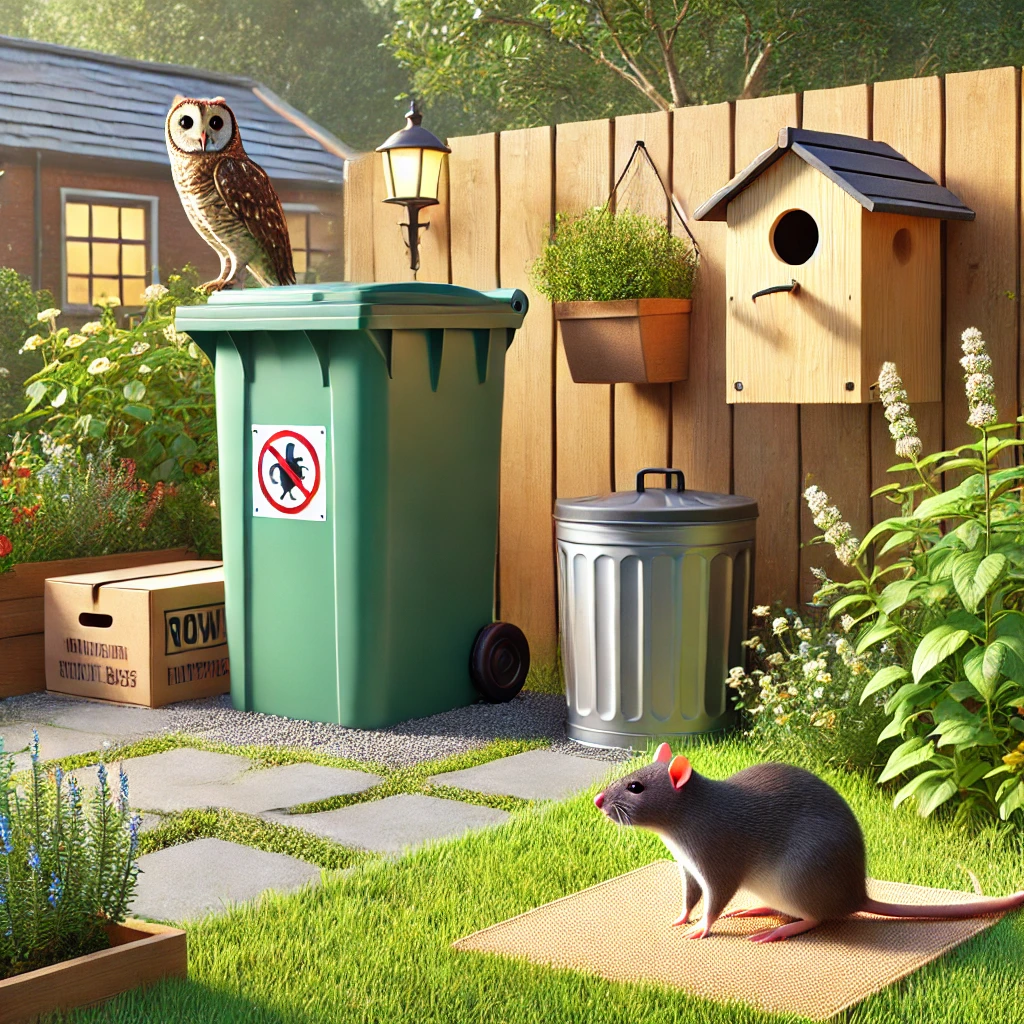How to Get Rid of Outdoor Rats: The Ultimate Guide
Introduction
Rats in your yard or garden can be a serious nuisance, causing damage to plants, spreading diseases, and even making their way into your home. If you’re struggling with an outdoor rat infestation, it’s crucial to take action quickly. In this guide, we’ll explore effective methods to get rid of outdoor rats while ensuring your property remains safe and rat-free.
Signs of an Outdoor Rat Infestation
Before taking action, it’s important to confirm that you have a rat problem. Look for these common signs:
- Droppings – Small, dark pellets near garbage bins, compost, or food sources.
- Gnaw Marks – Damage to wood, plastic, or even metal objects.
- Burrows – Holes in the ground, especially near structures or dense vegetation.
- Scurrying Noises – Sounds of movement in bushes, trees, or outdoor structures.
- Grease Trails – Oily marks along walls and fences from their fur.
If you notice any of these signs, it’s time to take action.
How to Get Rid of Outdoor Rats
1. Eliminate Food Sources
Rats thrive where there is an abundance of food. Removing their access to food is a key step in getting rid of them.
- Secure trash bins with tight-fitting lids.
- Remove pet food after feeding times.
- Harvest fruits and vegetables promptly from gardens.
- Clean up birdseed spills and use rodent-proof feeders.
2. Remove Shelter and Nesting Areas
Rats seek out hidden, undisturbed areas for nesting. Make your yard less inviting:
- Trim overgrown bushes, grass, and shrubs.
- Keep firewood and debris piles off the ground and away from buildings.
- Seal gaps and holes in outdoor structures where rats could hide.
3. Use Natural Deterrents
Certain scents and barriers can repel rats naturally without using chemicals.
- Peppermint oil – Soak cotton balls and place them in areas where rats frequent.
- Ammonia – The strong smell mimics predator urine and deters rats.
- Predator urine – Available at garden stores, this can scare away rodents.
- Chili powder or garlic – Sprinkle in areas where rats travel.
4. Set Traps for Control
If you already have a rat problem, trapping is an effective way to reduce their numbers.
- Snap traps – Traditional and effective; bait with peanut butter or nuts.
- Live traps – Capture and release in a safe location away from your home.
- Electronic traps – Deliver a quick, humane kill.
5. Use Rodenticides with Caution
Rodent poison should be a last resort due to the risks to pets, wildlife, and children.
- Place baits in tamper-proof bait stations to prevent accidental ingestion.
- Follow local regulations on rodenticide use.
- Dispose of dead rats safely to prevent poisoning other animals.
6. Seal Entry Points
Prevent rats from returning by closing off any potential access points.
- Use steel wool and caulk to block small holes.
- Repair damaged vents, pipes, and gaps in foundations.
- Install metal flashing around decks and sheds.
7. Encourage Natural Predators
Nature provides its own pest control in the form of predators.
- Owls, hawks, and snakes help keep rat populations in check.
- Consider installing an owl box to attract these natural hunters.
- If you have outdoor cats, they can also deter rodents.
Prevent Future Infestations
Once you’ve gotten rid of rats, take preventative measures to ensure they don’t return:
- Keep your yard clean and tidy at all times.
- Store food and garbage in sealed containers.
- Inspect your property regularly for signs of rodents.
Conclusion
Getting rid of outdoor rats requires a combination of eliminating food sources, removing shelter, using deterrents, and setting traps. By following these steps, you can successfully keep your yard rat-free. If the infestation persists, consider consulting a pest control professional for expert assistance.
Taking action today will help protect your home, garden, and health from unwanted rodent intruders!

Jack Shark is a thrill-seeker and outdoor explorer who loves pushing boundaries in nature. As a contributor to SuperheroineLinks.com, he shares adventure tips, survival skills, and inspiring stories to help others embrace the wild with confidence.




Post Comment